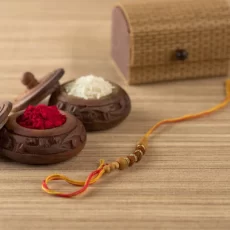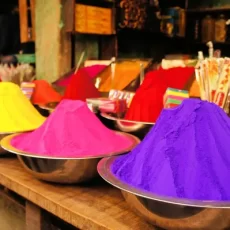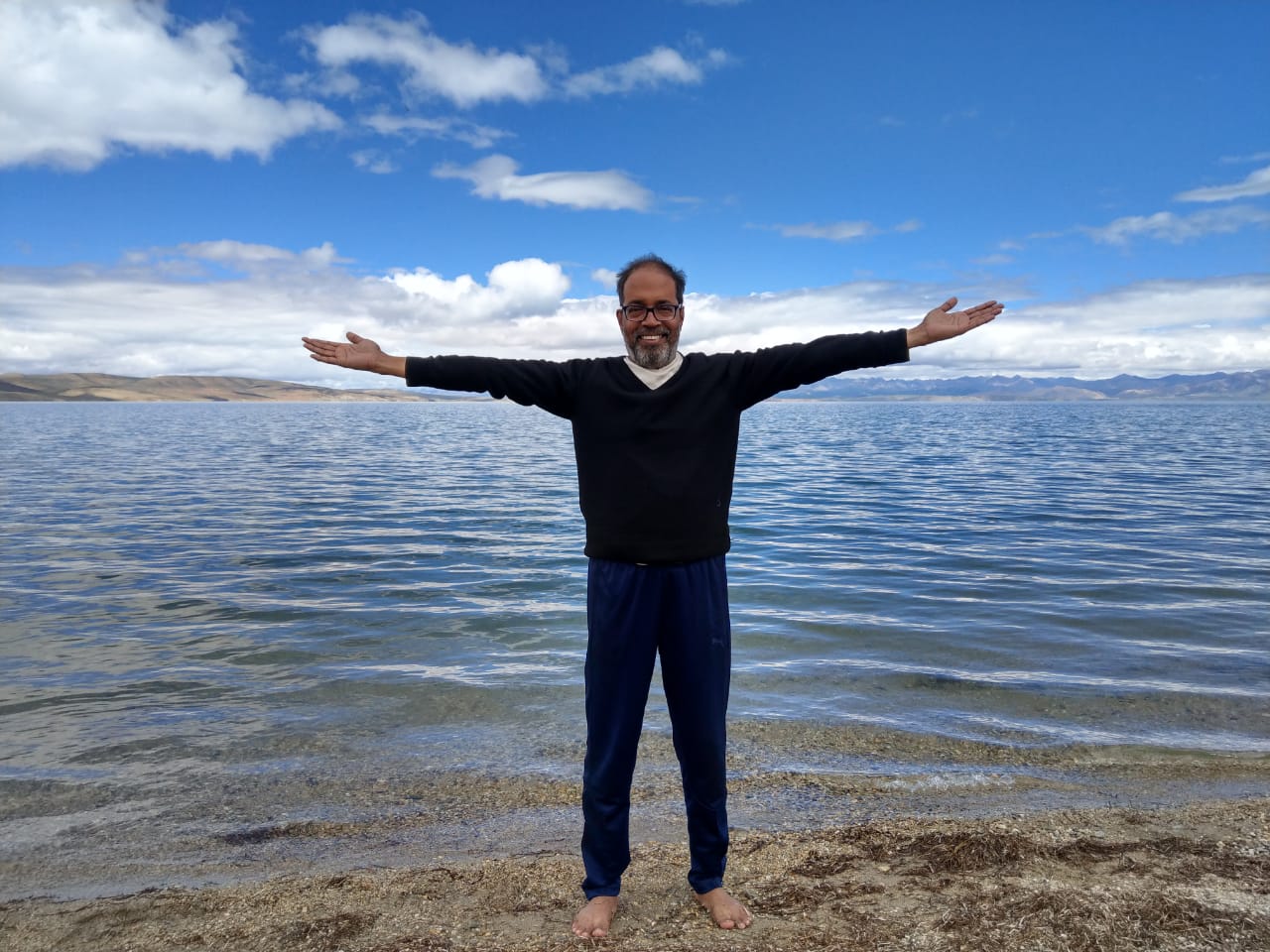Today is Baisakhi, the beginning of the solar year. On this day people of North India, particularly Punjab, thank God for good harvest. Visit to Gurudwaras, Vaisakhi processions and traditional performances are the highlights of the day.
Baisakhi, also known as Vaisakhi is the festival celebrated as the Sikh New Year and the founding of the Khalsa Panth. History of Baisakhi traces its origin from the Baisakhi Day celebrations of 1699 organized by the Tenth Sikh Guru, Guru Gobind Rai to form Khalsa; Brotherhood of Saint Soldiers to fight against tyranny and oppression. Happyho also provide best tarot reading services in Noida and Delhi NCR India area.
The origin of this festival of Baisakhi begins with the martyrdom of Guru Teg Bahadur, the ninth Sikh Guru who was publicly beheaded by the Mughal ruler Aurungzeb. Aurungzeb wanted to spread Islam in India and Guru Tegh Bahadur stood up for the rights of Hindus against his oppressive doctrines, resulting in Mughals seeing him as a threat to Islam.
After the assassination of Guru Teg Bahadur, his son Guru Gobind Rai was chosen as the tenth Guru. Guru Gobind Rai wished to instill courage and strength to sacrifice among his fellow men. To fulfill this commitment Guru Gobind Rai called on the historic Baisakhi Day a congregation of his followers at Keshgarh Sahib near Anandpur on March 30, 1699.
When thousands of people assembled for Guru’s blessing, Guru Gobind Rai came out of the tent carrying an unsheathed sword. He gave a powerful speech to infuse courage amongst his fellowmen. At the end of the speech he said that every great deed was preceded by equally great sacrifice and demanded that anyone who is prepared to give away his life should come forward. On the Guru’s third call, a young man offered himself.
The Guru took the man inside a tent and reappeared alone with a bloodied sword. Guru Gobind Rai asked for another volunteer. This was repeated another four times until a total of five men had gone into the tent with the Guru. Everyone present was worried and thought that Guru Gobind Rai has killed five of his staunch followers. At this point Guru emerged from his tent with those five men alive; wearing turbans and saffron-coloured garments and presented them to the people gathered as his ‘Sikhs’ meaning pupils.
These five men were called Panj Piara or ‘Beloved Five’ by the Guru. The Guru blessed them with a Pahul ceremony. In an iron vessel, the Guru stirred with a sword called Khanda Sahib, the batasha that his wife, Mata Sundari had put into water. The congregation recited verses from scriptures as the Guru performed the sacred ceremony. The water was now considered the sacred nectar of immortality called amrit. It was first given to the five volunteers, then drunk by the guru and later distributed amongst the crowd. With this ceremony, all those present, irrespective of caste or creed, became members of the Khalsa Pantha (the Order of the Pure Ones).
The Guru regarded the Panch Piaras as the first members of the Khalsa and the embodiment of the Guru himself. With the constitution of the Panj Pyare the high and low castes were amalgamated into one as among the original Panj Pyare. Ther were one Khatri, shopkeeper; one Jat, farmer; one Chhimba, calico printer; one Ghumar, water-carrier; and one Nai, a barber.
The Guru gave the surname of Singh (Lion) to every Sikh and also took the name for himself. From Guru Gobind Rai he became Guru Gobind Singh. This was seen as a great step in national integration because society at that time was divided on the basis of religion, caste and social status.
Guru Gobind Singh also bestowed on Khalsa, the unique Sikh identity. Guru Gobind Singh also discontinued the tradition of Gurus and asked all Sikhs to accept the Grantha Sahib as their eternal guide. He urged them to come to him with their hair and beard unshorn to get baptized by the sword.






